Something exciting is happening here: landscape restoration at Marsh Farm Country Park
Restoring landscapes and habitats for the future.
Marsh Farm Country Park
Marsh Farm Country Park in South Woodham Ferrers is over 300 acres of stunning waterside landscapes, marshes and important habitats.
Surrounded on three sides by the River Couch, Clements Green Creek and Fenn Creek, the country park is recognised as a Site of Special Scientific Interest, a Ramsar site and a Special Protection Area due to the rare wildlife that frequents it.
Grassland restoration and work to support the species on the grazing marsh are likely to start in early Autumn 2025.
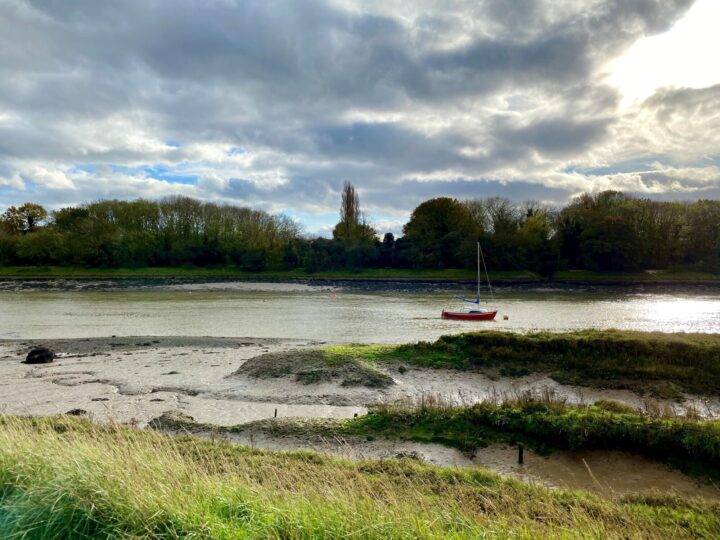
What we are doing and why
The valuable mix of estuary habitat at Marsh Farm is important for a variety of common, rare and declining wildlife which includes water voles, amphibians, waders and overwintering birds.
We're therefore excited to be undertaking an ambitious landscape restoration and habitat management programme to support a nationwide effort to protect and enhance the environment for the future. New programmes will complement the work our team are already undertaking to support biodiversity in the park.
This work is overseen by leading ecologists from Essex County Council’s Place Services and agreed by Natural England (the government’s statutory body responsible for natural green infrastructure. It is supported by a government funded scheme known as Countryside Stewardship.
A series of audits will be ongoing to check the impact and ensure that the restoration and management is successful.
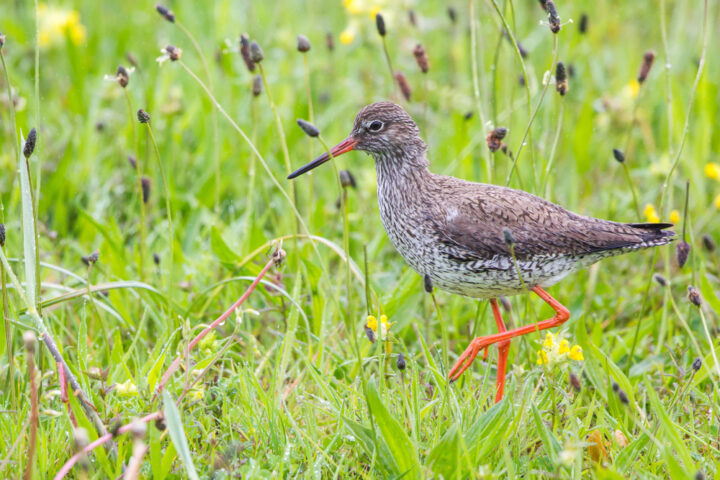
The benefits of grazing grass and marsh
Grazing areas of grass with livestock can have various benefits. This natural land management technique has been employed for many years at Marsh Farm, where a heritage sheep herd grazes the grass on the peninsula to create a varied height structure of grass. This encourages and supports the breeding of waders such as redshank.
The sheep also graze the marsh. Here the aim is to keep the grass at the ideal length for the overwintering birds. Large flocks of brent geese come here to feed every year in their annual migration from Siberia. We will be installing new fencing on the marsh to protect the birds – and the livestock.
The breeding season sees more migrating birds coming in, such as reed and sedge warblers and cuckoos, and skylarks breed in abundance on the grazing marsh.
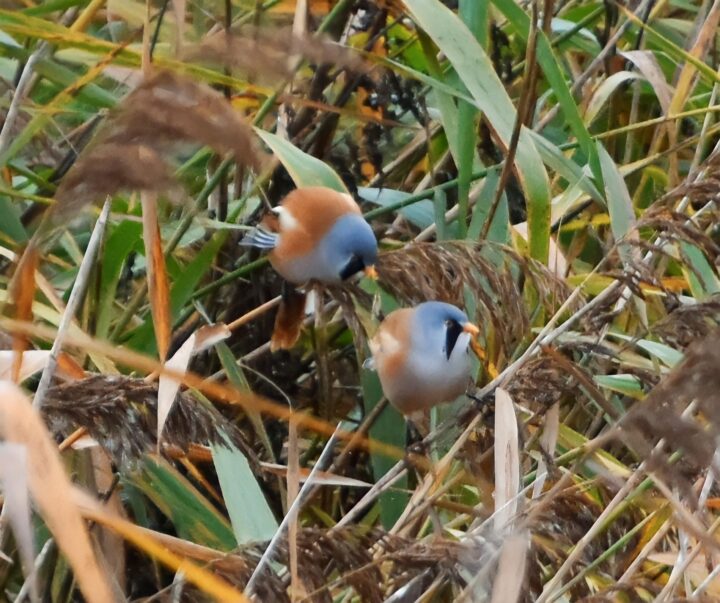
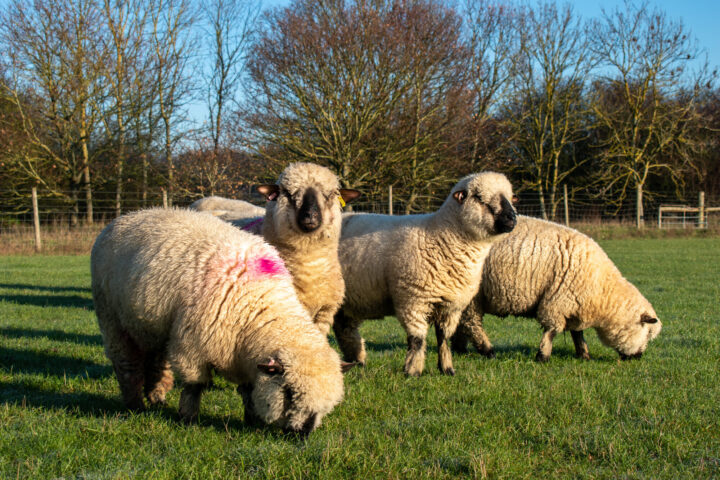
Grazing the wildflower meadow
New livestock fencing will be installed around the wildflower meadow, near the community orchard.
Here the sheep will graze on taller grasses and weeds, preventing them from overcrowding wildflowers. Grazing also disturbs the soil surface to create the ideal conditions for wildflower seeds to germinate. This should allow flora to flourish such as grass vetchling and improve the quality of the grassland, supporting an even greater variety of insects and butterflies including marbled whites. Specifically, we are hoping to attract more bees to site.
Gates will allow pedestrians access through the meadow throughout most of the year, with the sheep only likely to graze for a few weeks a year.
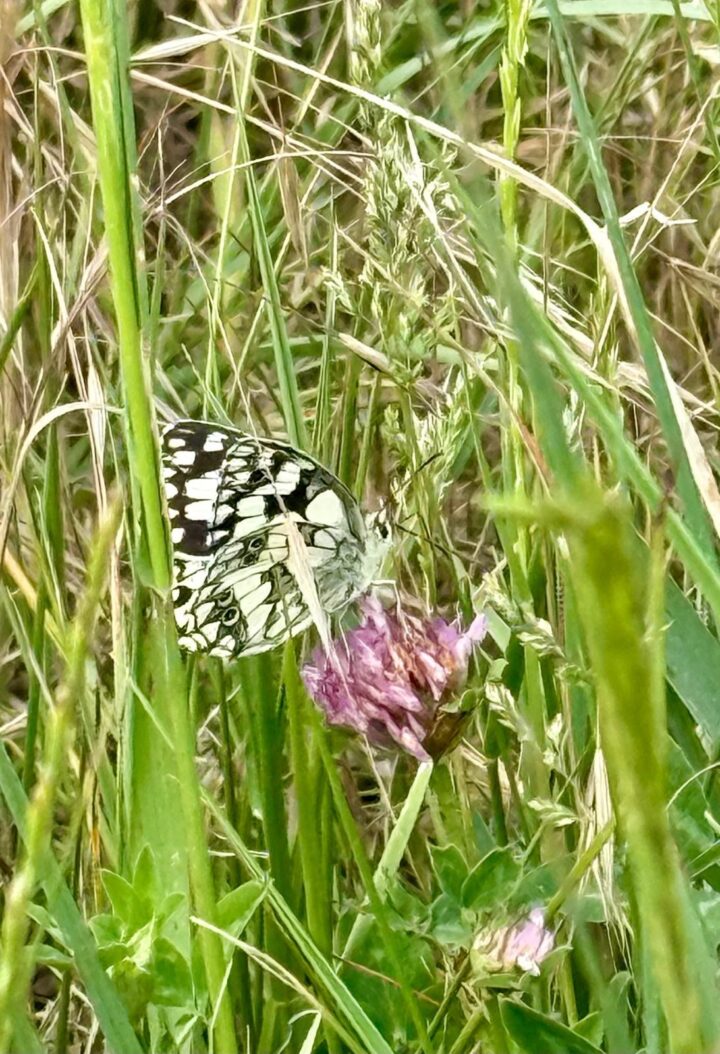

Water vole habitat
We are lucky to have lots of Water Voles at Marsh Farm, where the waterside landscape contains many channels and borrow dykes ideal for this endangered species.
We are planning to further improve the ditches on site by managing the water levels and encouraging the growth of wetland plants. This will create the conditions the water voles need to thrive.
Restoring the waterways will also support amphibians like frogs and newts and a variety of freshwater invertebrates.
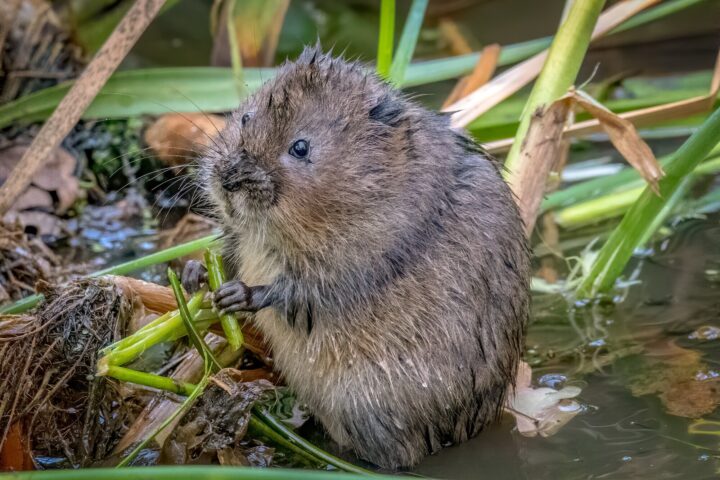
Managing the peninsula for wading birds
Work is continuing to help raise water levels and keep them more consistent in the many channels on the peninsula. The aim is to increase suitable wetland habitat and boost bird numbers at the site such as oyster catcher, redshank, pintail, avocet, golden plover and dunlin, to name but a few.
The area is also carefully managed to help create unique habitat for rare and important coastal plants, such as sea barley, sea clover, sea lavender as well as some tasty samphire!
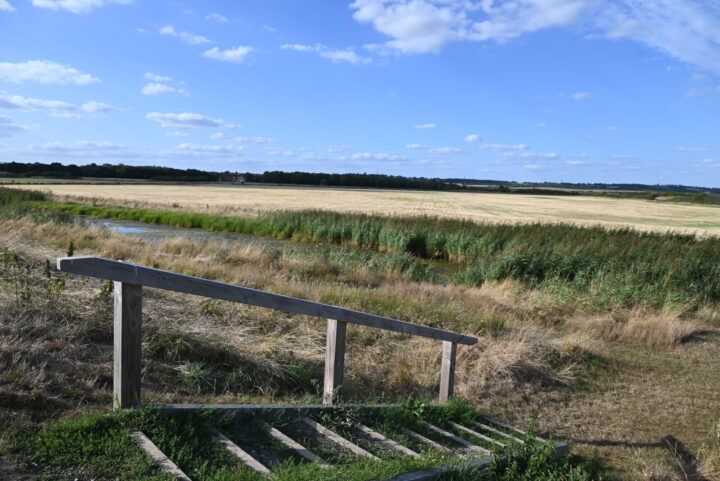
Discover Landscape and Habitat Restoration projects across the Essex Country Parks
The work taking place at Marsh Farm is just part of an ambitious scheme across the Essex Country Parks.
Learn more about the other exciting projects supported by the government's Countryside Stewardship scheme.